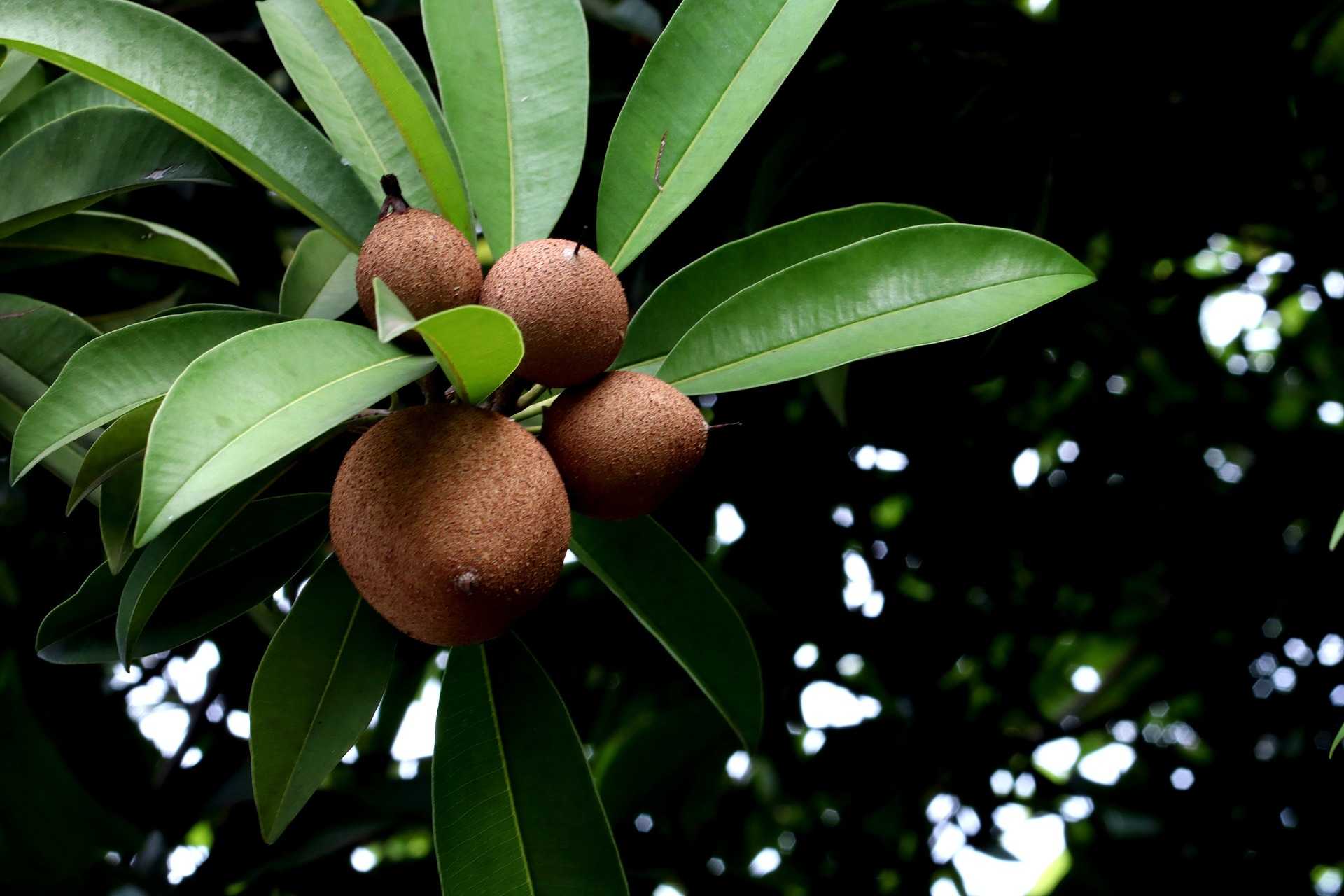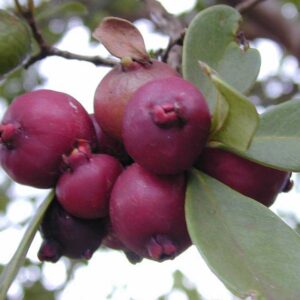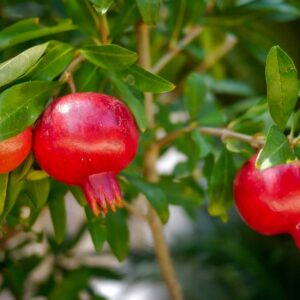Introduction
Are you looking to add a unique and exotic fruit to your garden or backyard? Look no further than the sapodilla plant! This tropical tree produces sweet and delicious fruit that’s perfect for snacking on or using in recipes. Here’s why you should consider adding a sapodilla plant to your garden:
Beautiful Appearance
The sapodilla tree is a beautiful addition to any garden, with glossy green leaves and a unique, rough bark. It can grow up to 100 feet tall, but can be pruned to a smaller size for easier maintenance.
Exotic, Sweet Fruits
The sapodilla fruit is a small, round or oval-shaped fruit with a brown skin and sweet, juicy flesh. The flavor is often compared to a mix of caramel, pear, and brown sugar. The fruit is ripe when it gives slightly to pressure and has a fragrant aroma.
Versatile plant
Sapodilla trees thrive in tropical and subtropical climates, but can also be grown in containers for those in cooler areas. They prefer full sun and well-draining soil, but can tolerate some shade and drought. With proper care, the sapodilla tree can produce fruit for decades.
Numerous Health Benefits
In addition to being delicious, sapodilla fruit is also packed with nutrients. It is a rich source of nutrients like vitamins A, C, and E, potassium, iron, and calcium. Its fiber content aids digestion, while antioxidants boost immunity. Chiku also improves bone health and promotes healthy skin. Check out this comprehensive article on Healthline to learn more: https://www.healthline.com/nutrition/chiku-sapodilla#benefits.
Sapodilla leaves also offer several health benefits, including being rich in antioxidants, promoting digestive health, having anti-inflammatory properties, and potentially regulating blood sugar levels. These benefits are due to the fiber and other compounds found in sapodilla leaves, making them a healthy addition to your diet.
Easy to care for!
If you’ve decided to add a sapodilla plant to your garden or backyard, here are some tips for proper planting care to help it thrive:
Soil:
Sapodilla plants prefer well-draining, fertile soil. Before planting, amend the soil with organic matter such as compost or well-rotted manure to improve the soil’s fertility and drainage.
Location:
Choose a location with full sun exposure and good air circulation. Avoid planting in areas with heavy clay soil or where water tends to collect, as the sapodilla plant is susceptible to root rot.
Watering:
The sapodilla plant needs regular watering, especially during the growing season. Water deeply once or twice a week, depending on the weather conditions and soil moisture levels.
Fertilizer:
Apply a balanced fertilizer every three months during the growing season to promote healthy growth and fruit production.
Pruning:
Prune the sapodilla tree regularly to maintain its shape and promote air circulation. Remove any dead or diseased branches and trim back the top of the tree to encourage branching.
Pest and Disease Control:
Sapodilla plants can be susceptible to pests such as mealybugs, scale insects, and fruit flies, as well as diseases such as powdery mildew and root rot. Monitor your tree regularly and apply appropriate treatments if needed.
Companion Plants
Companion planting is a useful gardening technique to enhance the growth and productivity of sapodilla trees. Lemon vine, pomegranate, and bougainvillea are three great companion plants that can attract beneficial insects, improve pollination, and provide shade and protection for sapodilla trees.
By following these planting care tips, you can help your sapodilla plant grow strong and healthy, producing delicious fruit for years to come.
Ordering Information
Our sapodilla plants are grown from healthy, high-quality seeds and are carefully nurtured to ensure optimal growth. Each plant is shipped with care to ensure it arrives in good condition. Order now and start enjoying the sweet and unique flavor of sapodilla fruit in your own backyard!




Reviews
There are no reviews yet.